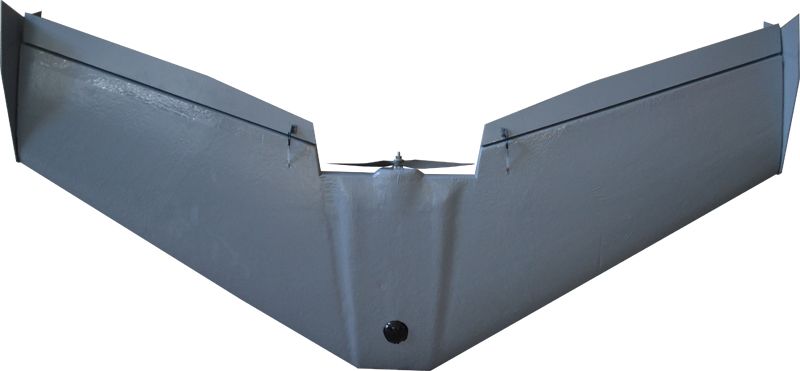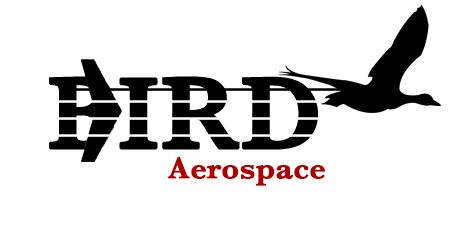The EU continues to look forward and rapidly advance UA civilian integration, are you watching FAA?? A completely different narrative to what is currently happening in the New World (well the bit between Canada and Mexico)
View the ebook here http://ec.europa.eu/enterprise/flipbook/rpas/?goback=%2Egde_941207_member_238344699#/1/
The development of Remotely Piloted Aircraft Systems (RPAS) has opened a promising new chapter in the history of aerospace. Military exploitation of UAS has grown significantly in the recent years. However this trend has so far not been followed by the civil sector.
RPAS can offer a wide range of civil applications for the benefit of European citizens and businesses. Being remotely piloted, RPA can perform tasks that manned systems cannot perform, either for safety or for economic reasons.
RPAS are well suited for long duration monitoring tasks or risky flights into ash clouds. They can efficiently complement existing manned aircraft or satellites infrastructure used by governments in crisis management, border control or fire fighting. RPAS can also deliver profitable commercial aerial services in various areas, such as in precision agriculture and fisheries, power or gas line monitoring, infrastructure inspection, communications and broadcast services, wireless communication relay and satellite augmentation systems, natural resources monitoring, media and entertainment, digital mapping, land and wildlife management, air quality control and management.
A broad consultation on the future of civil RPAS applications in Europe
In order to examine the economic impact of this emerging technology and identify the obstacles to the development of civil RPAS applications, the European Commission conducted a broad stakeholders’ consultation. Between 2009 and 2012, three major initiatives have been launched, allowing an extensive exchange of views with the RPAS Community.
In 2009, DG Mobility and Transport conducted a Hearing on Light Unmanned Aircrafts, while in 2010 it organized together with the European Defense Agency a High-Level conference on Unmanned Aircraft Systems . The hearing report ![]() [785 KB] and the conclusions of the High Level conference
[785 KB] and the conclusions of the High Level conference ![]() [17 KB] confirmed the enormous potential of RPAS technology and the necessity for action in EU level.
[17 KB] confirmed the enormous potential of RPAS technology and the necessity for action in EU level.
Taking action in defining the way forward, DG Enterprise and DG Mobility and Transport conducted, from June 2011 to February 2012, an extensive consultation on the future of RPAS through 5 workshops, titled the UAS Panel Process (see all presentations and written contributions).
The Staff Working Document “Towards a European strategy for the development of civil applications of Remotely Piloted Aircraft Systems (RPAS) ![]() ” (SWD(2012)259) published in September 2012, reports the outcomes of this consultation. Main conclusions were:
” (SWD(2012)259) published in September 2012, reports the outcomes of this consultation. Main conclusions were:
- RPAS present an important potential for the development of innovative civil applications (commercial, corporate and governmental) in a wide variety of sectors to the benefit of European society by creating jobs and achieving useful tasks.
- To unleash this potential the first priority is to achieve a safe integration of RPAS into the European air system as soon as possible.
- This requires the development of appropriate technologies and the implementation of the necessary aviation regulation at EU and national levels. Issues like privacy and data protection or insurance must also be addressed.
- It also requires an increased coordination between all relevant actors (EASA, national Civil Aviation Authorities, EURCAE, Eurocontrol, JARUS, industry etc.) and between regulatory and technological developments.
Given the urgency to achieve RPAS safe integration into the civil airspace in view of the potential economic and social benefits of such applications, the UAS Panel called upon the European Commission to take the lead in the development of a Roadmap for safe RPAS integration into European Air System (RPAS Roadmap).
A Roadmap for the safe integration of RPAS into civil airspace
Following this call, DG Enterprise and DG Mobility and Transport steered the preparation and the implementation of the proposed Roadmap.

The RPAS Roadmap will provide a strategy for achieving RPAS integration into the European air system from 2016. It will identify the actions needed to ensure the development by the European Aviation Safety Agency (EASA) of the regulation necessary for large RPA (> 150kg) and support the development of harmonized regulation for light RPA (< 150 kg) by national Civil Aviation Authorities. It will provide a research agenda defining the required technology developments and propose measures to address the societal impact of RPAS (privacy/data protection, insurance etc.). The Roadmap will include a rolling plan that will span over 15 years.
DG Enterprise and DG Transport are currently preparing the RPAS Roadmap with the support of 3 temporary Working Groups gathering the necessary expertise around the 3 main areas covered by the Roadmap: aviation regulation, technology and societal impact.
In order to support the implementation of the Roadmap, the European Commission has set-up a European RPAS Steering Group (ERSG) gathering the organizations contributing to achieve the tasks defined in the Roadmap. The Group will endorse the Roadmap, report the progress achieved on a yearly basis and update the Roadmap when necessary. The following bodies are currently members of the Steering Group: EC, EASA, EUROCONTROL, ECAC, EUROCAE, SESAR JU, JARUS, EDA, ESA, ASD and UVSI. The composition of the Group may evolve according to the needs.
The European Commission intends to submit the first issue of the Roadmap to the European RPAS Steering Group for endorsement in spring 2013.
UAS Database
In order to facilitate the gathering and the consolidation of existing information and increase the transparency of on-going activities, DG Enterprise and Industry has set-up a public database on UAS accessible through theCIRCABC interest group on UAS (To access the documents uploaded to this group, please click on “Library” on the left-hand menu. No login or registration is required). Stakeholders are invited to contribute building-up the database. Any relevant public information can be sent to entr-uas@ec.europa.eu.
For further questions, please contact: entr-uas@ec.europa.eu.






